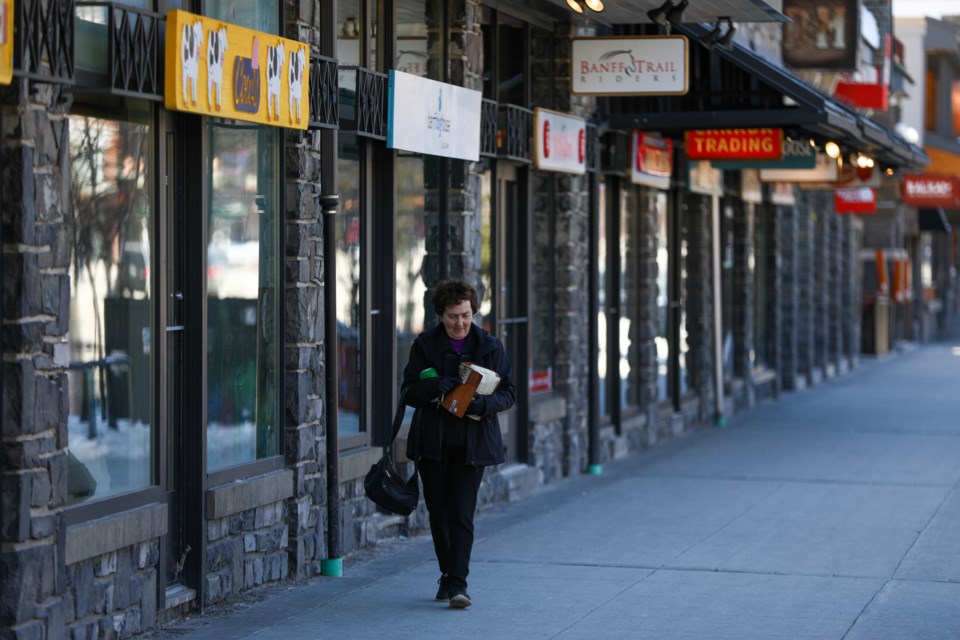BANFF – Banff and Lake Louise Tourism will be relying on a $2.5 million cash reserve to help with the devastating blow the COVID-19 health pandemic has had on the local tourism industry.
BLLT’s 2019 audited financial statements and an overview of the budget projections for 2020 were released at the tourism marketing organization’s annual general meeting last week.
Leslie Bruce, BLLT’s president and CEO, said the funding model and reserves created by past and present boards puts BLLT in better shape to deal with the crisis stemming from the global pandemic.
“The funding model and the reserve that was built by these groups will protect us and is essential in our ability to protect the destination immediately,” said Bruce.
BLLT estimates its revenue for 2020 will be down significantly compared to 2019 due to the fallout from the COVID-19 pandemic. Total revenues for BLLT in 2019 were $11.7 million.
“Our revenue certainly will be reduced and we are estimating it will look like a 60 per cent reduction over last year’s,” said Bruce.
“’As such, we have reduced our wages to approximately 50 per cent of that budgeted for 2020.”
Spending has also been reduced significantly in order to preserve cash for tourism marketing. Expenditures in 2019 for BLLT were just under $12 million.
“We’re anticipating increasing these marketing expenses as of June 1 when we will launch our first digital initiative to welcome people back,” said Bruce.
According to BLLT’s 2019 financial statements, there was a planned deficit of about $240,000 for 2019. Total revenues brought in were $11.75 million and total expenditures were just under $12 million.
Revenues include $10.3 million in financial contributions from the Town of Banff’s schedule B business licence fees and contractual agreements with other member businesses in the park.
Of that $10.3 million, the lodging sector provided $8.5 million, retail $444,218, restaurants and bars kicked in $426,267, service provided $352,840, the transportation, attractions and entertainment sector contributed $317,079 and ski areas $266,468.
The remaining revenues come from partnerships and leveraged funding, such as from Travel Alberta, as well as park passes, tickets, grants, and the Mountie meet-and-greet program.
On the spending front, total expenditures of almost $12 million include $7.5 million associated with marketing, $3.3 million associated with visitor experience, such as special events, and $1.1 million for finance and administration.
Marketing costs to promote the region and enhance visitor experience, which included business development, events and animation, contributed to 90 per cent of total spending.
The remaining 10 per cent was spent on finance and administration – human resources, IT, board governance and salaries related to each of these efforts.
Bruce said surveys from across the country indicate that the Banff and Lake Louise region stands out as a place that has the resiliency to “pivot and take action.”
“We can see and feel things slowly improving in the destination and across the province,” she said.
“We are not only prepared to welcome visitors back, but we are in a position to begin encouraging them to come back.”




